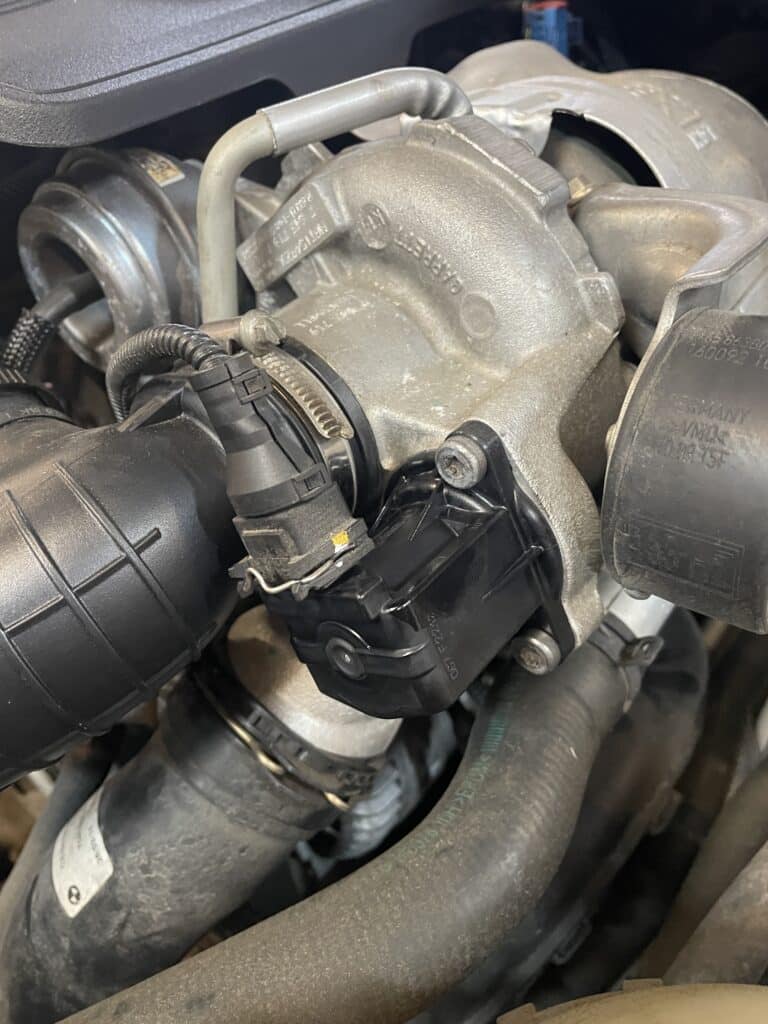Function and task of a diverter air valve:

GAIN MORE CONTROL OF YOUR CAR WITH THE CARLY FEATURES
CHECK THE EXACT PRICING OF CARLY FOR YOUR BRAND!

Fast International Shipping with DHL

14 days adaptor return policy

Excellent customer support

Lifetime warranty in the hardware
SEEN IN







The diverter valve, an essential component in turbocharged vehicles, is crucial to the engine’s performance and efficiency. It serves to safely dissipate the excess pressure that occurs when the driver suddenly releases the accelerator pedal. In such moments, the throttle valve closes while the turbo is still delivering compressed air. Without a pressure relief valve, the turbo could slow down abruptly, potentially causing damage and delaying the turbo response time at the next acceleration. The diverter valve diverts this excess air either back into the air intake before the turbo or directly into the atmosphere, depending on the type of valve and vehicle configuration, protecting the turbo while ensuring optimal performance.
There are two main types of diverter valves:
recirculating valves and atmospheric blow-off valves. Recirculating valves return excess air to the intake tract, increasing turbo efficiency, while blow-off valves release air into the atmosphere, often accompanied by a distinctive noise.
In addition, diverter air valves are either electro-pneumatic (vacuum controlled) or electrically controlled. Vacuum-controlled valves use the vacuum in the intake tract for activation, while electrically controlled valves are controlled by the vehicle electronics, allowing for more precise control. These technologies allow the vehicle to respond dynamically to different driving conditions and optimize engine performance and efficiency.
The valves are typically positioned between the turbo exhaust and the throttle body, with specific configurations tailored to the type of valve and the requirements of the vehicle. In systems that recirculate the air, they are located near the turbo’s air intake, while atmospheric valves are placed so that the air can easily escape into the environment.
Checking the diverter air valve:
Optical visual inspection:
- Tools/aids: occupancy plan/operating instructions, flashlight
- Inspection: In order to determine whether the diverter air valve is defective during a visual inspection, it must first be made accessible, which, depending on the vehicle model and design, may require the removal of trim parts or other components. You can then use a flashlight to inspect the external condition of the valve. Pay particular attention to whether there are signs of physical damage such as cracks, breaks or leaks on the valve housing. It is also important to check the connections and hoses for tightness and signs of wear. Although not all defects can be detected through a visual inspection, this initial assessment provides important information about the condition and integrity of the diverter air valve.
(A divert-air valve is shown here in which a defect can be seen on the diaphragm after visual inspection)

Functional test of a vacuum-controlled diverter air valve:
- Tools/Aids: Vacuum pump
- Test: This type of diverter valve is usually controlled by an electro-pneumatic switching valve. That’s why this component should be checked first (Click here to see how to check an electro-pneumatic switching valve)
In order to be able to check the diverter air valve mechanically, a vacuum pump is required, which can be had for little money. If the pump is available, the diverter air valve must be connected to the vacuum connection with a hose with the vacuum pump Now you can start building up negative pressure with the pump, then you can see how the piston inside the diverter air valve moves up. If the pressure is held for about 20-30 seconds, the diverter valve is OK.
Functional test of the electric diverter air valve:
- Tools/aids: Cable with contacts, external power source (e.g. vehicle battery)
- Test: This test can be used to determine whether the electric SUV is still working properly. This requires two cables that must be connected to the two contacts on the SUV; these cables must not touch each other! Now simply connect the cables to the battery, one to plus and one to minus.
Now the piston of the SUV has to move down. If that happens, the SUV is OK and can be reinstalled.

